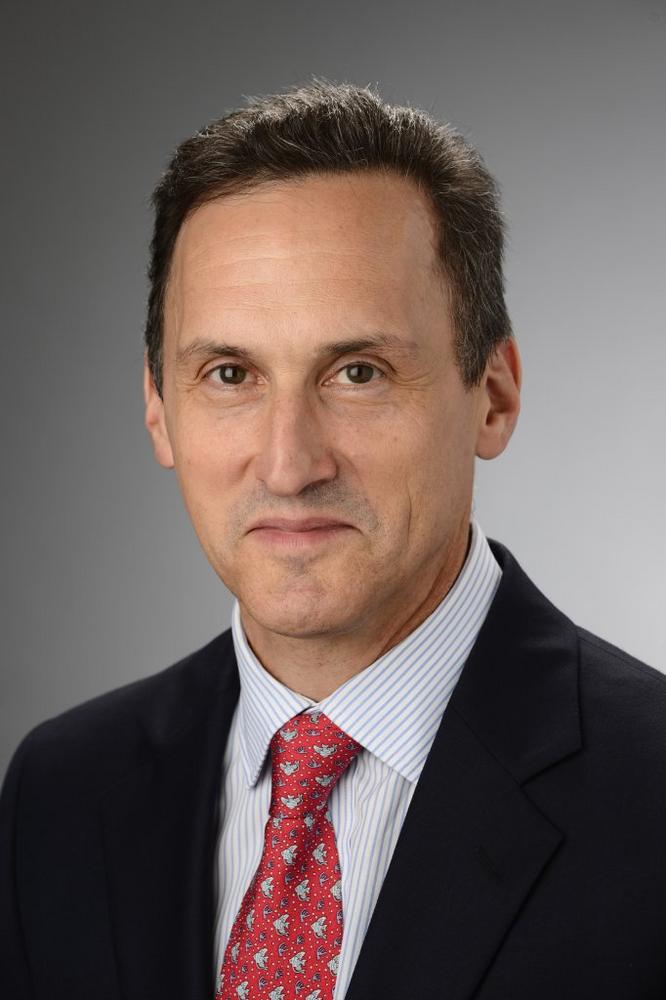Die Erklärung des Fed lässt sich in der Sicht verstehen, dass die Zentralbank nach wie vor eine niedrigere Inflation anstrebt. Der Vorsitzende Powell unterstrich diese Botschaft gleich zu Beginn der Pressekonferenz, indem er bekräftigte, dass die Fed fest entschlossen sei, die Inflation zu senken. Die Fed verwies zwar auf die jüngste Abschwächung der Ausgaben- und Produktionsdaten, wies aber auch auf die anhaltend robusten Beschäftigungszuwächse und die niedrige Arbeitslosigkeit hin, was darauf hindeutet, dass sie der Meinung ist, dass sie noch weitere Zinserhöhungen durchführen wird. Nachdem sie den Leitzins in den Bereich angehoben hat, den die meisten Fed-Vertreter für neutral halten, deutete Powell an, dass die Fed von nun an ihre Entscheidungen von Sitzung zu Sitzung treffen wird.
Angesichts des Zusammentreffens von eher gemischten Wirtschaftsdaten und der Erwartung, dass die niedrigeren Energiepreise zumindest dazu beitragen werden, die Gesamtinflation im Juli zu mäßigen, gehen wir davon aus, dass die Fed das Tempo der Zinserhöhungen von nun an wahrscheinlich etwas verlangsamen wird. Die quantitative Straffung der Fed wird im September auf Hochtouren laufen und die durch die bisherigen Zinserhöhungen der Fed verursachte Verschärfung der finanziellen Bedingungen weiter verstärken. Darüber hinaus dürften die Auswirkungen der bisherigen Straffung der Fed noch nicht voll zum Tragen gekommen sein – ein wichtiger Aspekt, da die Fed an der Schwelle zu einer ihrer Meinung nach restriktiven Politik steht.
Allerdings hat das derzeitige wirtschaftliche Umfeld – mit seinen großen Problemen und sich verändernden Bedingungen bei Angebot und Nachfrage – ein ungewöhnlich hohes Maß an Unsicherheit darüber geschaffen, wie es mit der Wirtschaft weitergeht. Powell wies mehrfach darauf hin, dass das übergeordnete Ziel der Fed darin besteht, das Wirtschaftswachstum nicht nur auf das Potenzial zurückzubringen, sondern es auch vorübergehend etwas unter das Potenzial zu senken, um den Angebotsbedingungen Zeit zum Aufholen zu geben. Dies deutet jedoch auf einen engen Zielbereich für die Fed hin, denn es könnte ein schmaler Grat sein zwischen einer ausreichenden Straffung, um die Nachfragebedingungen einzuschränken, und einer nicht so starken Straffung, dass dringend benötigte Investitionen abgewürgt werden, die den Angebotsbedingungen zugute kämen. Dennoch sind auch wir der Meinung, dass eine weiche Landung immer noch möglich ist. Und die Tatsache, dass die Fed in dieser Phase ihres Straffungszyklus zu einer wesentlich stärkeren Datenabhängigkeit übergegangen ist, trägt wahrscheinlich zu dieser Möglichkeit bei.
ENGLISH ORIGINAL VERSION:
The Federal Reserve’s latest 75 bps rate hike was accompanied by a more nuanced tone. While it emphasized continued vigilance in fighting inflation, it acknowledged the slowdown in certain economic segments. At this point in the tightening cycle, Powell suggested it is becoming appropriate to move to a more data-dependent approach—an acknowledgement that boosted risk assets. The desire to heal supply conditions indicates a tricky, but not unachievable, landing from here. Interest rates are now likely to enter a plateau phase as the market waits for the Fed to catch up with market pricing. From a longer-term perspective, if we are at a multi-decade high for nominal growth and inflation, the same may apply to rates as well.
The FOMC’s statement indicated no let-up in the Fed’s pursuit of lower inflation. Chairman Powell hammered that message home right out of the chute at the press conference by reiterating that the Fed is strongly committed to lowering inflation. While the Fed gave a nod to recent softening in spending and production data, it also noted ongoing robust job gains and low unemployment, suggesting they think they have more wood to chop and will follow through with additional rate hikes from here. But now that they hiked the funds rate into the range that most Fed officials think is neutral, Powell indicated that, from here, the Fed will be making decisions on a meeting-by-meeting basis.
Given the confluence of more mixed economic data and expectations that lower energy prices will at least help moderate headline inflation in July’s CPI reading, we anticipate the Fed’s pace of rate hikes will likely slow down a bit from here. The Fed’s quantitative tightening will be ramping up to full speed in September, further adding to the tightening in financial conditions created by the Fed’s rate hikes thus far. Moreover, the full effects of the Fed’s tightening to date are likely still in the pipeline—an important consideration now that the Fed is on the cusp of entering into what it thinks is restrictive policy territory.
However, the current economic environment—with its major upheavals and shifting cross currents in demand and supply conditions—has created an unusually heightened degree of uncertainty as to where the economy is headed from here. Powell noted several times that the Fed’s overall aim is to bring economic growth not just back down to potential, but to also temporarily lower it somewhat below potential in order to allow supply conditions time to catch up. But that suggests a narrow target zone for the Fed as there may be a fine point between tightening enough to curtail demand conditions, while not tightening so much as to choke off much-needed investment that would benefit supply conditions. That said, we agree that a soft landing is still possible. And the Fed’s shift to becoming much more data dependent at this stage of its tightening cycle likely adds to that possibility.
PGIM
Große Gallusstraße 18
60312 Frankfurt am Main
Telefon: + 49 (69) 244 341 730
https://www.pgim.com/
Senior Consultant TE Communications GmbH
Telefon: +49 (69) 29801-411
E-Mail: mwu@te-communications.ch
![]()

